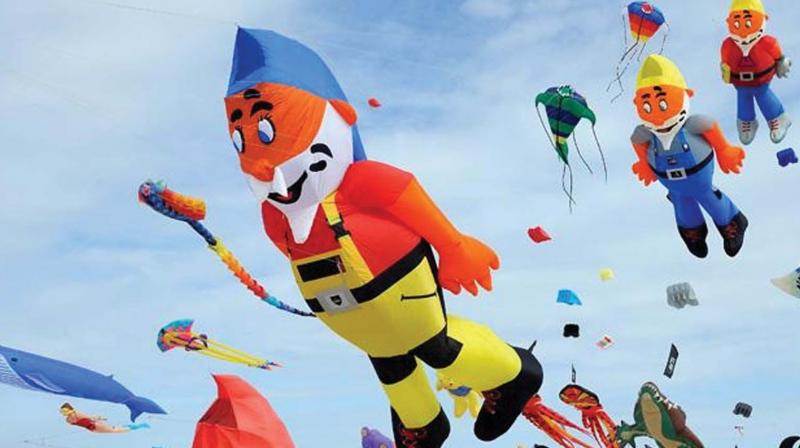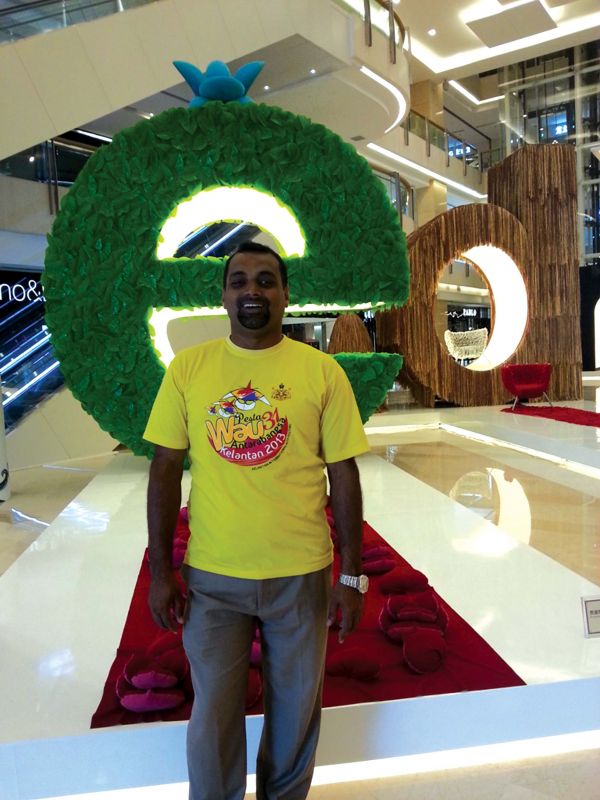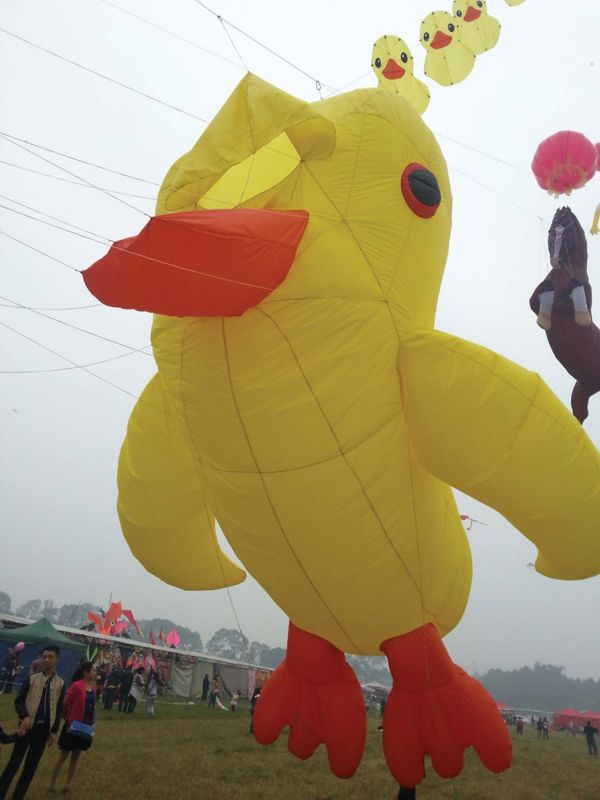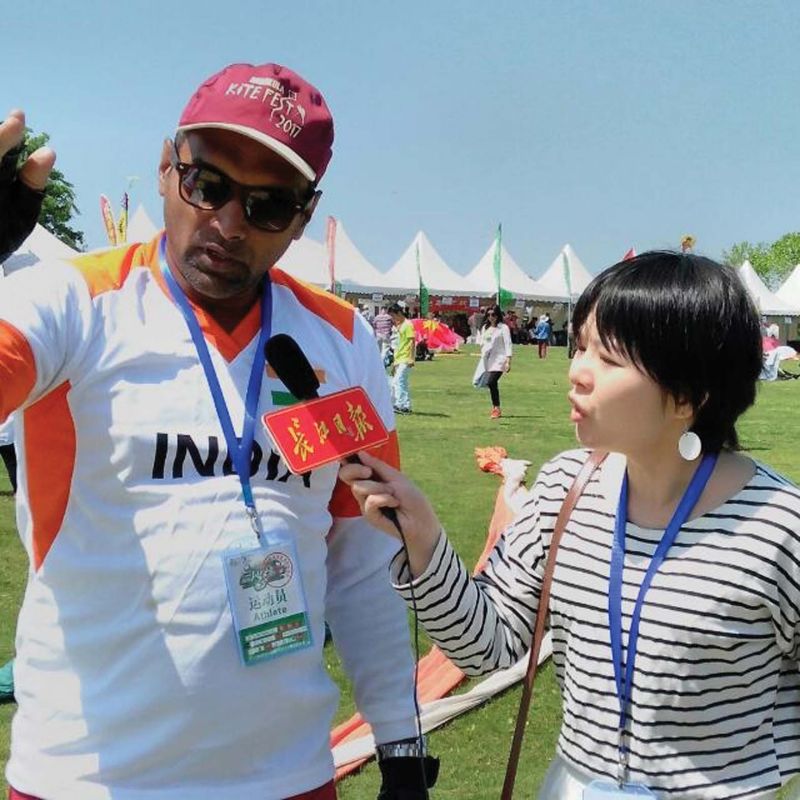The kite master

The sand, the surf and the windy beach was just 50 yards away from Abdulla Maliyekkal’s house in Kozhikode. Anyone visiting Kozhikode Beach would not fail to see the long-tailed kites that dot the blue sky at any given time. Abdulla too became enamored with the kites. Years passed by and he got a chance to go paragliding and that ‘up in the air experience’ piqued his interest in kite flying further. So much so that he caught a plane to Malaysia to see the International Kite Flying Festival there and that plane journey turned out to be a life-changer.
 Abdulla Maliyekkal
Abdulla Maliyekkal
In Malaysia, Abdulla met the 78-year-old famous New Zealand Kite maker Peter Linen who gave him advice that he follows to this day. “Never copy designs from other kite fliers or the net. Make designs that reflect your tradition and culture and that will give you a unique identity.”
Abdulla followed both his passion and the advice seriously and in his first attempt made a Kathakali kite and won subsequent prizes for traditional kites. The president of the One India Kite Team has been at the forefront of organising kite festivals in India. His team has won numerous championship prizes both within and outside the country like China, Malaysia, UAE and Qatar.
He is currently in China to participate in the ongoing China International Kite Fest at the Shenzhen Seashore in Hong Kong and Shanghai Yixing Beach. Six kite fliers representing India from the One India Kite Club and one kite flyer from Gujarat are in China to take part in the Sport Kite and Power Kite categories.

Talking about the preparations and the kites they are exhibiting, Abdulla says, “We are flying a 21-feet tiger kite and a 45-feet circle kite at the festival, which will see 52 teams from 27 countries The circle kite has being flown at Indian kite festivals but not at an international venue and this is the first time it is been flown in China.”
The biggest takeaway for Abdulla has been meeting kite fliers from various countries and getting a world view on different kinds of kites and their making.

What Abdulla specialises in are not the traditional, run-of-the-mill kites but highly specialised huge inflatable kites, which can be deflated to be packed into a small bag as is the case of the tiger kite. “Once air fills the kite, the four legs and tail will start moving,” he says. Some of the mind blowing designs are exclusive to the One India Kite Team, he informs.
Talking about the huge financial investments for each kite, he mentions the figures. Each inflatable kite costs Rs 2 lakh upwards and funding is a problem but one which the team has found a way around. “There are about 250 members all over India who are genuinely passionate about kite flying and those people chip in with amounts ranging from Rs 1,000 upwards and that is how the kites are bought. I have also received invitations to kite festivals in the US but cannot afford the flight expenses of the team.” Abdulla is also planning to take part with a women’s kite team in Hong Kong that will have a 21-feet horse, which is designed by Abdulla.

Abdulla designs all these kites with the final product being made elsewhere. He reveals that he has a passion for designing from childhood. The designing is the most important part and not an easy one as Abdulla narrates. “One has to imagine how the huge kite will fly in the sky. I once designed an inflatable elephant kite, but the design did not work out because air got in through its trunk and did not reach the legs. I failed in that.”
For the past 3 months he has been designing a camel kite to be flown at the GCC Kite Festival. Abdulla takes a minimum of 35 days to three months to design a kite. “I design the kites using a computer and what is important is that air gets into these giants. I have once made 8 prototypes of a kite design. I learn from my mistakes and rectify them. The calculations are very important especially the length, breadth and depth. Even a difference of 1 cm will make the design tilt to one side!”

Talking about the drawbacks of kite-flying as a professional event in India, Abdulla rues, “There is an absence of an international outlook and secondly the attitude of the people to kite-flying is not serious. Kite-flying in India is treated as a childish affair with no professionalism attached to it. It is not seen as a serious income generating sport. On the other hand, I, as a person want to develop this passion in the next 10 years to a league level and want to hold a championship. I have a very serious approach to kite-flying and see this as my bread and butter.”
He ends with a dream, “My team wants to design a kite in the shape of a flag of a country (any country) that will be the size of two football fields and I have been researching on it for the past two years.”

